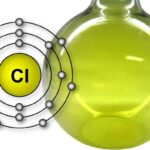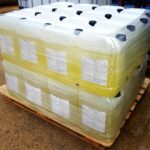Water disinfection and purification have developed a lot in the last century. This has led to a decrease in diseases that came from water. Most pathogen microorganisms are eliminated by water treatment techniques such as coagulation, flocculation, decantation or filtration. Although, in order to have a healthy drinking water, it is also necessary to disinfect it.
There are several disinfectants that kill or eliminate pathogenic microorganisms. The most common methods used for water disinfection are: chlorine, peroxide, bromine, silver, ozone, ultraviolet. Each disinfectant has advantages or disadvantages, and it can be used to disinfect water depending on certain conditions.
The need for water disinfection
Most microorganisms are removed from water during its purification treatment. However, in order to ensure the safety of water that is not harmful to health, it must be disinfected.
Microorganisms are found everywhere in nature. The human body comes in contact with them, and we live with them whole life. Most microorganisms are harmless, and they even contribute to certain vital processes in the human body, such as metabolism.
But there are also microorganisms which are harmful. Pathogenic microorganisms from water have certain properties that distinguish them from chemical pollutants. They are living organisms, they are not dissolved in water, but they coagulate and attach to colloids and solids in water. Pathogenic microorganisms from water can be divided into three categories: bacteria, viruses and protozoan parasites.

